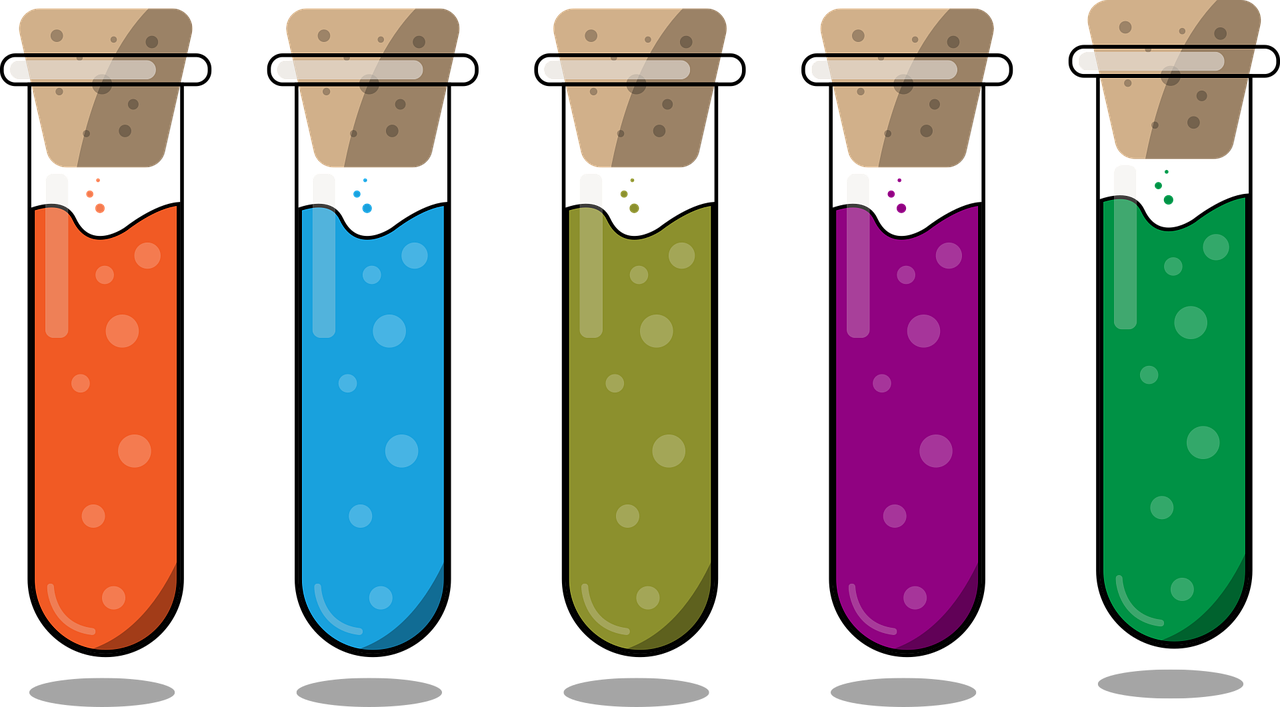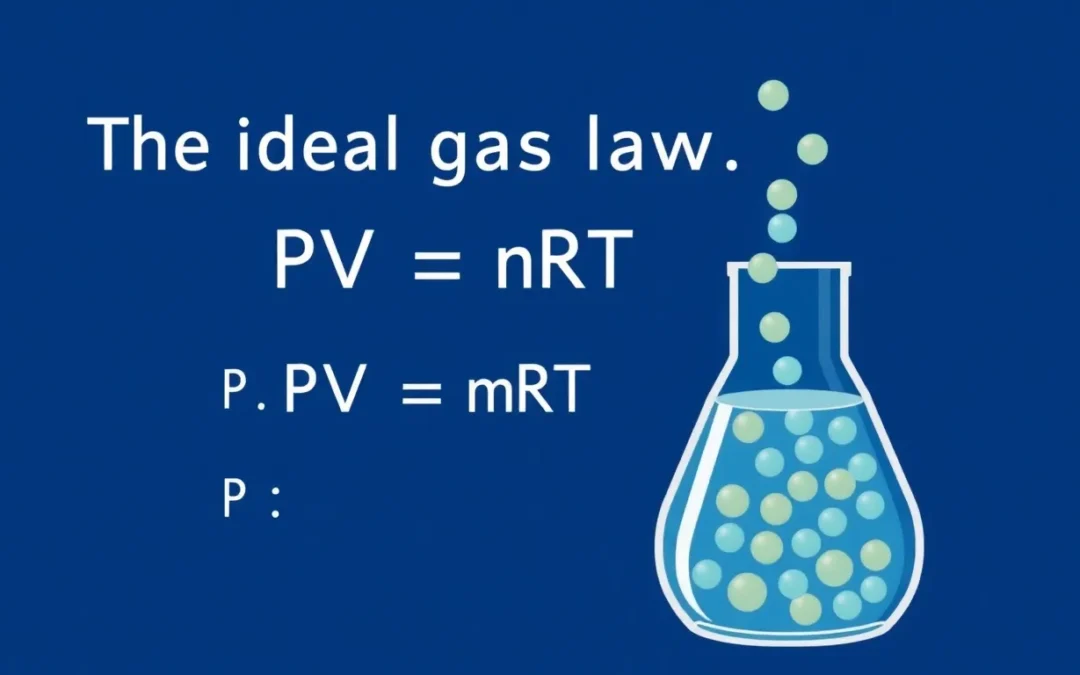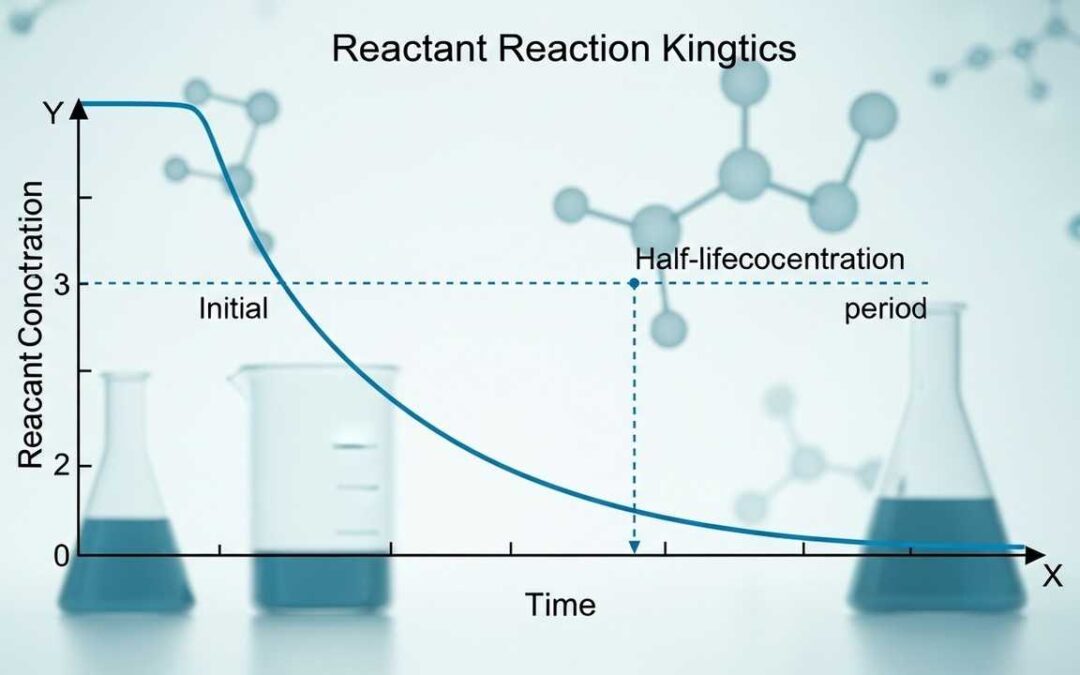Acids, bases, and salts are three fundamental types of substances in chemistry, each with distinct properties and characteristics:
Acids
Definition: Acids are substances that can donate protons (H+ ions) to other substances, typically in aqueous solutions.
Properties:
- They have a sour taste (e.g., citric acid in lemons).
- They turn blue litmus paper red.
- They react with metals to produce hydrogen gas.
- They have a pH value of less than 7 on the pH scale.
- Examples include hydrochloric acid (HCl) and acetic acid (found in vinegar).
Bases
Definition: Bases are substances that can accept protons (H+ ions) or donate hydroxide ions (OH-) in aqueous solutions.
Properties:
- They have a bitter taste (e.g., baking soda).
- They feel slippery to the touch (e.g., soap).
- They turn red litmus paper blue.
- They have a pH value greater than 7 on the pH scale.
- Examples include sodium hydroxide (NaOH) and ammonia (NH3).
Salts
Definition: Salts are ionic compounds composed of positively charged ions (cations) and negatively charged ions (anions). They are formed by the neutralization reaction between an acid and a base.
Properties
- They are usually solid at room temperature and can form crystals.
- They do not have a characteristic taste or feel.
- They do not change the colour of litmus paper.
- The pH of a salt solution can be neutral (pH 7), acidic (if the cation or anion is from a strong acid or weak base), or basic (if the cation or anion is from a strong base or weak acid).
- Examples include table salt (sodium chloride, NaCl) and calcium carbonate (CaCO3).
It’s important to note that there are strong acids and bases (e.g., hydrochloric acid and sodium hydroxide) that completely dissociate in water, and weak acids and bases (e.g., acetic acid and ammonia) that only partially dissociate. Additionally, the pH scale is used to measure the acidity or alkalinity of a substance, with values less than 7 indicating acidity, 7 being neutral, and values greater than 7 indicating alkalinity.







0 Comments